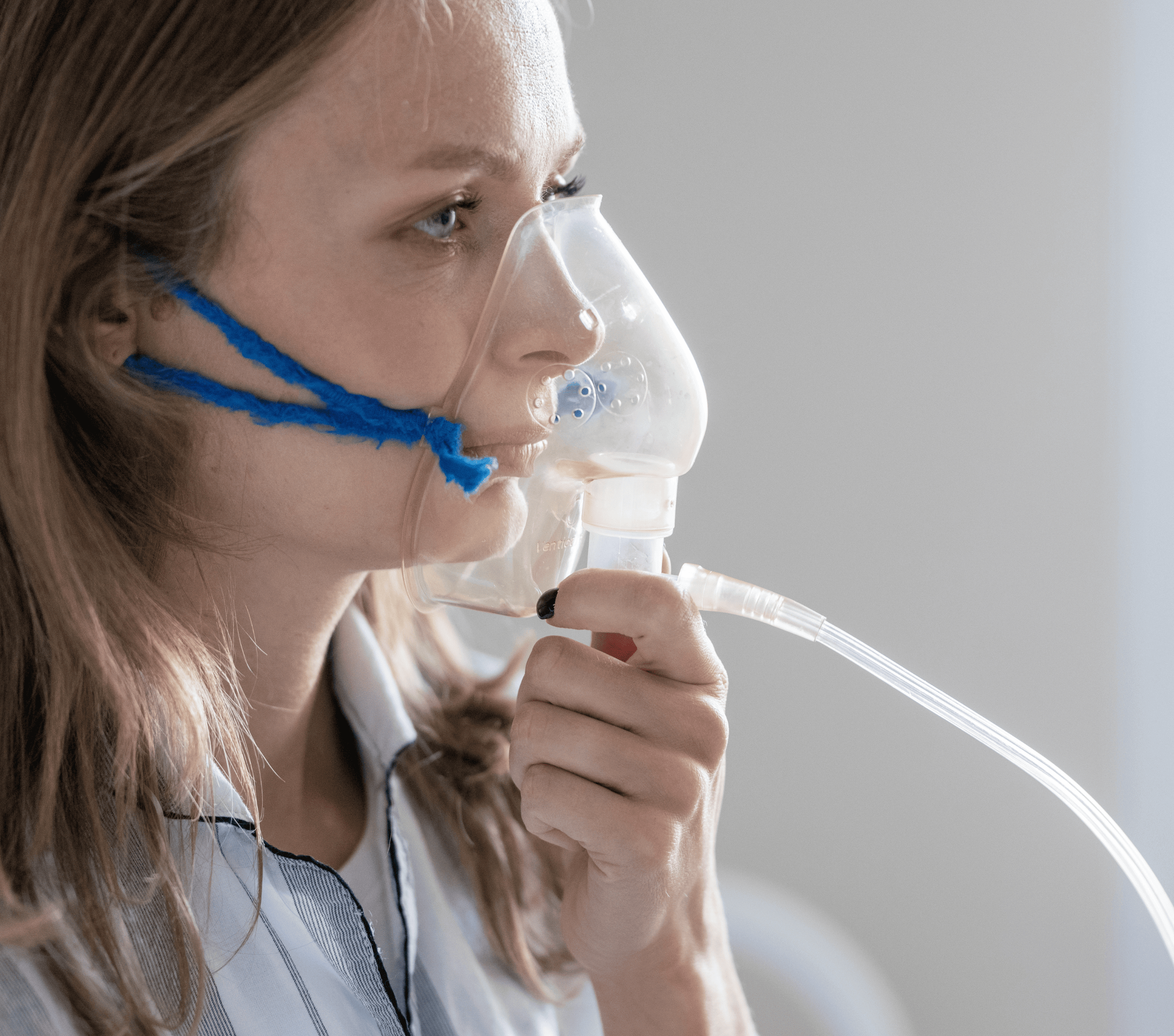Respiratory therapists (RTs) are healthcare professionals who assess, diagnose, and treat patients with breathing disorders. They work in a variety of settings, including hospitals, clinics, and home health care.
To become an RT in the US, you must:
- Complete an accredited respiratory therapy program, with at least an associate degree.
- Take the TMC credentialing exam, administered by the National Board for Respiratory Care (NBRC).
- Pass the CSE exam, which will grant you the RRT credential.
In This Article
Step 1: Complete an Accredited Respiratory Therapy Program
There are many accredited respiratory therapy programs in the US. These programs typically take two years to complete and lead to an associate degree. Some programs also offer bachelor’s degrees in respiratory care.
The curriculum for respiratory therapy programs typically includes courses in anatomy, physiology, pharmacology, and clinical skills. Students also learn how to use respiratory equipment and how to provide respiratory care to patients.
Step 2: Take the TMC Exam
The TMC exam is a multiple-choice exam that assesses your knowledge of respiratory care. The exam is administered by the NBRC and is offered year-round at testing centers across the country. See how to prepare for the exam here.
To pass the TMC exam, you must achieve a score of at least 75%. If you do not pass the exam on your first attempt, you can retake it.
Step 3: Pass the CSE Exam
The CSE exam is a clinical simulation exam that assesses your ability to apply your knowledge of respiratory care in a real-world setting. The exam is administered by the NBRC and is offered year-round at testing centers across the country.
To pass the CSE exam, you must achieve a score of at least 75%. If you do not pass the exam on your first attempt, you can retake it.
Licensure
In addition to passing the TMC and CSE exams, you must also obtain licensure in the state where you want to work. Licensing requirements vary from state to state, so you should check with your state’s respiratory care board for more information.
Career Outlook
The job outlook for respiratory therapists is very good. The Bureau of Labor Statistics projects that employment of respiratory therapists will grow 16% from 2020 to 2030, much faster than the average for all occupations. This growth is being driven by the increasing demand for respiratory care services from an aging population and the rising prevalence of chronic respiratory diseases.
Salary
2023: The median annual salary for respiratory therapists is projected to be $63,594. The top 10% of earners are projected to make more than $98,290 per year.
It is important to note that salary can vary depending on factors such as location, experience, and education. For example, respiratory therapists who work in urban areas tend to earn higher salaries than those who work in rural areas. Respiratory therapists with more experience also tend to earn higher salaries. And respiratory therapists with a bachelor’s degree or higher tend to earn higher salaries than those with an associate degree.
Conclusion
If you are interested in a career in respiratory care, I encourage you to learn more about the requirements and start your journey today. The demand for respiratory therapists is expected to grow in the coming years, so there is a good chance that you will be able to find a well-paying job in this field.
If you want to learn about other healthcare certifications see this article.

